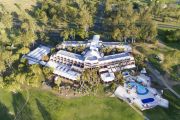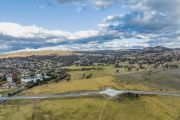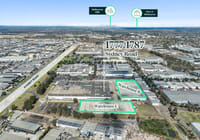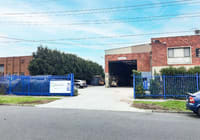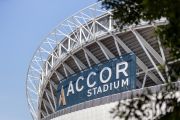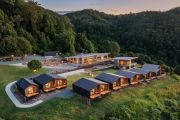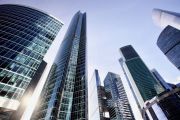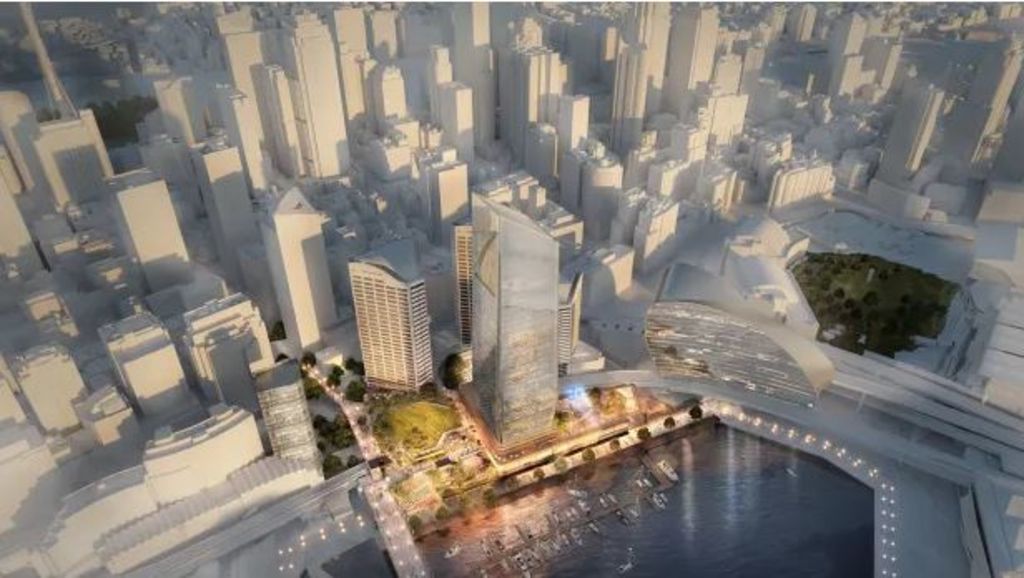
Investors' last pitch to get $650m Cockle Bay development over the line
Ingrid Fuary-Wagner
The consortium behind a plan to build a $650 million tower at Sydney’s Cockle Bay has had one final chance to get the project over the line by pitching the development’s public benefits to a panel of planning experts.
Representatives of GPT, Brookfield and AMP Capital, the three investor groups proposing to build a 183-metre tower on the eastern edge of Darling Harbour with 40 levels of office space, fronted the Independent Planning Commission last week to persuade the panel that the public benefits of the project outweighed the impact to sunlight elsewhere in the CBD, as well as objections to the proposed setback from the waterfront and the tower’s impact on private harbour views.
It’s now crunch time for the proposal, which has undergone four rounds of design changes since the consortium first announced its ambitious plan in early 2016.
The height of the tower has been trimmed and the site has shifted slightly closer to existing commercial real estate, though it would still block 6.8 hours of sunlight to a yet-to-be-built public square opposite the Sydney’s town hall each year.
In their submission to the panel, the consortium focused on the major public benefits of the development – a hectare of public open space over the Western Distributor freeway, which would allow for better pedestrian access between the CBD and Darling Harbour precinct.
Matthew Faddy, head of office and logistics for one of Australia’s largest listed property trusts, GPT, described Sydney as both a “victim of its beauty and its success” as the growing demand for employment space in the city was restricted by the harbour.
“It’s a rare opportunity to remediate the impact of the Western Distributor on the bay and to realise the original vision for the site, which was to connect the bay, its workers and visitors directly to the commercial core of our magnificent city.”
Negative impact
Richard Francis-Jones, of architecture firm FJMT representing the consortium, said the tower would have a negative impact on sun access to the future town hall square but said they had “endeavoured to minimise [the impact]”.
He said it was about weighing up the rare opportunity of being able to deliver a meaningful public space at Cockle Bay.
“One of the most important aspects of this project is its ability to improve these connections and create an expanded and enhanced public domain at this really tight area of waterfront between the freeways and the public promenade,” Mr Francis-Jones said.
Urban designer Sacha Cole described the park as the centrepiece that would “restitch the city”.
“We’ve tried to integrate as much greenery in terms of canopy cover, biodiversity and also trying to ameliorate urban heat island in this particular place,” he said.
“It’s like nothing else around this context of Darling Harbour other than, if you like, Tumbalong Park to the south or Barangaroo Headland.”
Elizabeth Elenius from the Pyrmont Action Incorporated Group also fronted the panel to argue the tower should be no more than 35 storeys to reduce overshadowing in public spaces and the severity of the view losses to apartment residents.
In the event the IPC approves stage one of the proposal, the developers would hold an international design excellence competition for the site.

